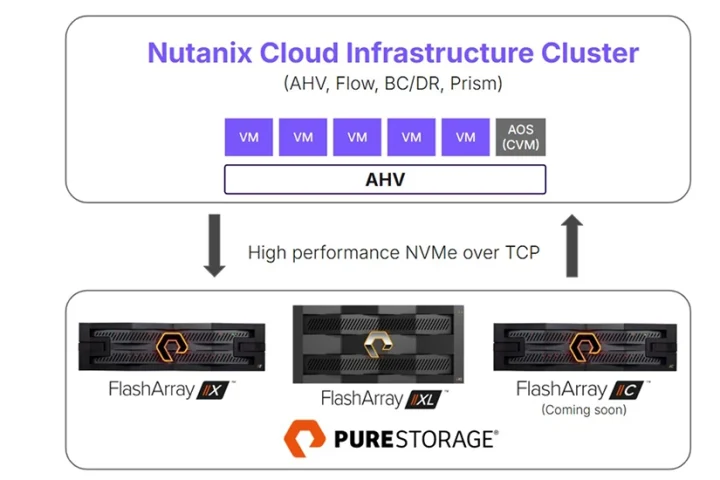As an extended family of new technologies continues to feed digital transformation fever across the Middle East, we prepare to welcome a long-touted nitrous injection that promises to elevate ICT solutions vendors and their customers to a whole new playing field. Say “hello” to 5G.
The UAE’s incumbent operator, Etisalat, just recently fired the starting pistol on what promises to be an interesting race, as it launched its 1Gbps 5G network, with a claimed latency as low as 1 millisecond. From 2017 to 2022, we will see mobile-data traffic in the Middle East & Africa (MEA) region grow at a CAGR of 56%, 10 points higher than the global average, according to a report from Cisco and Business Insider Intelligence. We can expect 5G to drive that surge significantly, and to cause other changes in the competitive telecom markets across the Middle East.
The Ericsson Mobility Report puts the number of GCC 5G subscriptions at 30 million by the end of 2024. That is more than one subscription for every pair of people living here. While this will still represent only 2% of mobile subscriptions in the region, boosted network capacities and falling data costs are expected to increase this share. And while consumers heat up a new market, businesses will play their part. Low-latency 5G connectivity will undoubtedly fuel an increased adoption in Internet of Things (IoT) solutions, leading to an escalation in advanced machine-to-machine (M2M) field operations.
Staying with the crowd
As the 5G saga takes shape, regional telecom operators must decide how they fit. I would argue, there has never been a better time to make the transition from communications service provider (CSP) to digital service provider (DSP). The advent of transformational technologies will always signal an opportunity for businesses in their orbit. But monetisation of such innovations can prove problematic without the right business support system (BSS) in place. And remember that we live in the age of the millennial consumer. Connecting your infrastructure to the digital native, in a hassle-free way, is part and parcel of the optimum user experience (UX). Would-be market-leading DSPs forget this at their peril.
According to a TM Forum report, as much as two thirds (67%) of total revenue from 5G use cases―beyond mere enhanced mobile broadband (eMBB) and fixed wireless access (FWA)—is dependent on OSS/BSS transformation. Adapting your BSS to support 5G services will have an impact on real-time domains such as rating, charging and policy control. Complex usage scenarios will demand the integration of many other systems, and operators will need to ensure that a single BSS can cover these. Let’s consider four use cases.
Internet of Things (IoT)
IoT allows organisations as diverse as airlines, agricultural specialists and warehouses to enhance their ability to make smart decisions in real time. The low latency of 5G is very appealing when trying to deliver these kinds of systems, but it is vital not only to have an IoT-fluent BSS that understands what is being delivered and how; it is also critical that the solution provides flexible network monetisation, to manage charges and policies for different types of devices in the field.
Collaboration with service partners
When competing in the Age of Content, digitally savvy, demanding consumers are the new subscriber base. To offer the kind of one-stop shop they demand, the DSP must recruit allies―application service providers (ASPs) and over-the-top (OTT) service providers—so they can provide a rich 5G experience. Via integration with the service-capability exposure function (SCEF), your BSS solution should enable content providers to create new package offers for subscribers, at will, and have more control over how they are delivered, allow the delivery of free traffic for special marketing campaigns and improve the quality of ASP traffic detection.
At the same time, the BSS platform must have a robust partner relationship management (PRM) solution, to ensure that ASPs, content providers and other partners can be on-boarded seamlessly and efficiently.
Legacy Wi-Fi replacement
When market share is redistributed among fixed and mobile services, DSPs need to decide how this will be managed. When mobile access through 5G can deliver very stable connections at lightning speeds, subscribers are unlikely to use legacy services such as Wi-Fi or home broadband. Your BSS needs to be able to deliver options on how to set up new usage-charge models as you phase out the old and usher in the new.
eSIM subscription management
Younger consumers are so demanding, it appears they have convinced the telecoms market to allow them to switch provider at a moment’s notice. While eSIM (embedded SIM)-ready networks and handsets are not yet widespread, change is coming and 5G may accelerate its arrival. Working with eSIM and managing subscribers and devices will not only take a flexible BSS, but unprecedented interoperability and co-operation between industry players across the global telecoms market. TeleChain Broker, a joint solution developed by Nexign and its partner Bubbletone, is a blockchain-based marketplace for DSPs with a BSS connectivity kit that allows the creation of new roaming products and complex bundles, including digital non-telco services.
Get ready to sprint
The 5G revolution, like all revolutions, is endowed with the weight of inevitability. Now that the race has begun, it will be to the profit only of those who recognise the integration gaps in their own house and tune up their BSS in readiness for the boundless opportunities on the horizon.



















